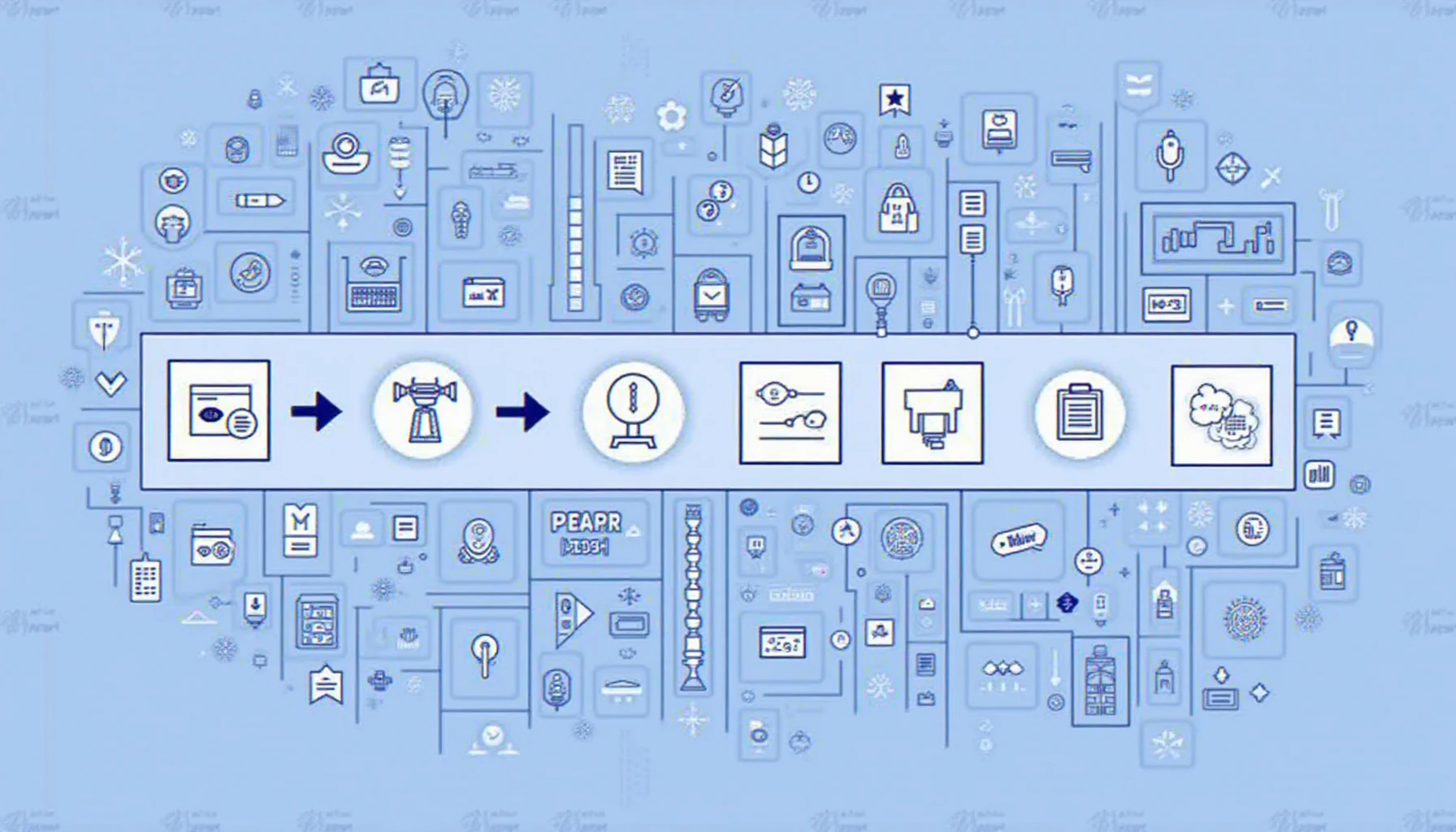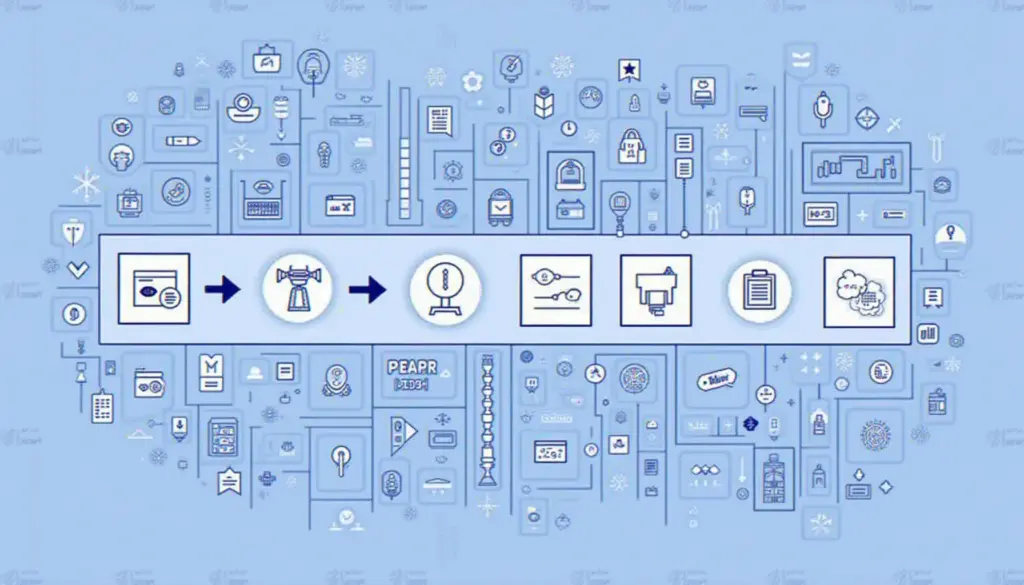Introduction: Are You Ready to Dive into Decentralized Apps?
As of 2023, the global adoption of blockchain technology is surging, with over 5.6 billion active users engaging with cryptocurrencies and decentralized applications (dApps). However, among these users, only 25% understand how to build these apps effectively. This guide is aimed at helping you navigate the essential steps in creating your own dApp.
What Are Decentralized Apps?
Decentralized apps, or dApps, operate on a blockchain network rather than a central server. To illustrate, think of dApps like a stand in a market run by multiple vendors rather than one store owner. This structure brings significant benefits, such as:
- Enhanced security due to data being distributed across nodes.
- Increased user control over personal data.
- Transparency, as all transactions can be verified on the blockchain.
Step 1: Understand the Blockchain Technology Principles
To build a decentralized app, you need a solid grounding in blockchain principles. Here are key concepts:

- Smart Contracts: Codes that execute automatically when conditions are met.
- Consensus Algorithms: Methods for validating transactions without a central authority.
- Token Standards: Protocols like ERC-20 for Ethereum tokens.
For beginners, I recommend playing with Ethereum’s test networks to gain firsthand experience.
Step 2: Choose the Right Development Tools
Utilizing the right tools will streamline your development process. Popular tools include:
- Truffle Suite: A development environment that helps write, test, and deploy smart contracts.
- Metamask: A browser extension that allows users to interact with the Ethereum blockchain.
- Infura: A scalable API that can connect your dApp to Ethereum.
If you’re just getting started, try CryptoZombies, a gamified platform that teaches Solidity programming.
Step 3: Design Your User Interface
A user-friendly interface is crucial for encouraging users to engage with your dApp. Consider these aspects:
- Navigability: Ensure easy access to core features.
- Responsive Design: Make it mobile-friendly to cater to all users.
- Client-Side vs Server-Side: Think about data handling, storage options, and security.
For practical examples, look at popular dApps like Uniswap and OpenSea to glean what works.
Step 4: Test Your App and Deploy
After building your app, thorough testing is vital. Run unit tests on your smart contracts, and consider using platforms like Hardhat for comprehensive testing tools.
- Perform audits to identify vulnerabilities.
- Engage beta testers to gather feedback.
Once satisfied, deploy your dApp on the blockchain. Be sure to promote it through relevant channels for visibility!
Conclusion: Your Journey Into Decentralized Applications
Building a decentralized app opens immense opportunities for innovation and user empowerment. By understanding blockchain principles, selecting the right tools, and designing a user-centered interface, you’re well on your way. Keep learning and stay informed about future developments in blockchain technology. Are you ready to take the plunge? Start building today!
For more resources, check out our dedicated guides on blockchain technology and cryptocurrency trading strategies at hibt.com.
Disclaimer: This article does not constitute financial advice. Please consult your local authorities before embarking on any blockchain project.
